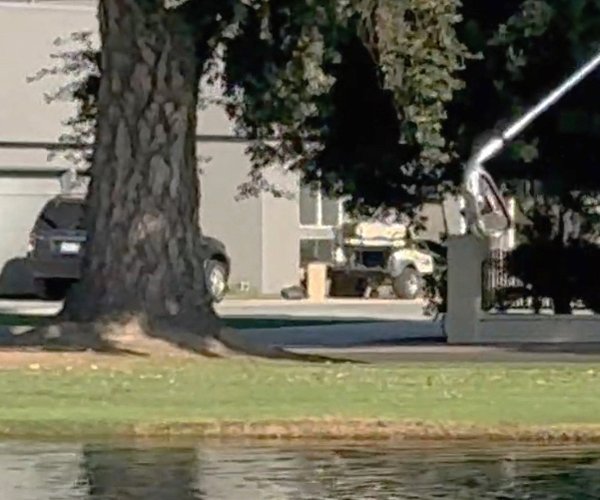The city is taking action to change the Ceres Municipal Code to vastly lower the water connection fees on new commercial and industrial projects relating to fire suppression.
Larger commercial, industrial, and institutional projects often require water connections designed to provide higher fire flow capacities than a home or small business connection. However, the city’s current fee structure does not distinguish between domestic water supply and the additional capacity required only to meet increased fire flow demands. Thus, projects requiring larger meters for fire protection only are assessed connection charges based on total meter size, even when the larger capacity is not intended for regular water use.
The end result is that connection fees can be excessive.
City Engineer Michael Beltran gave an estimate of the impact on the water connection fee on a new commercial building project. The cost for a six-inch water line to the project is currently $391,000 even though it hopefully will never be used to fight a fire. Under the new method, the $391,000 charge drops down to $7,000 or $8,000.
“This building’s not very big, but because of the size of the water line, that is why you see this huge difference in cost,” said Beltran. “However, there’s a good chance that if we were to charge them $390,000 for a fire line they would probably throw their hands up and say, ‘Yeah, that’s just not worth it for us’ – even though they’re required to have it by code.”
The same building would still have a domestic water line.
To rectify the issue, Beltran last week recommended the City Council adopt a separate a “fire flow charge” applicable only to the incremental increase in fire flow requirements above the standard service level (one-inch meter equivalent at 1,500 gallons per minute for two hours). He said establishing the new charge ensures that:
• Developments are charged equitably based on actual use and demand.
• The city recovers the costs associated with providing additional system capacity for fire protection.
“This fire flow charge is really based off of the amount of fire flow they need for a certain duration,” Beltran told the council.
The fire flow charge will be based on the type and size of the building, the amount of water flow used to either flush lines or fight fires.





